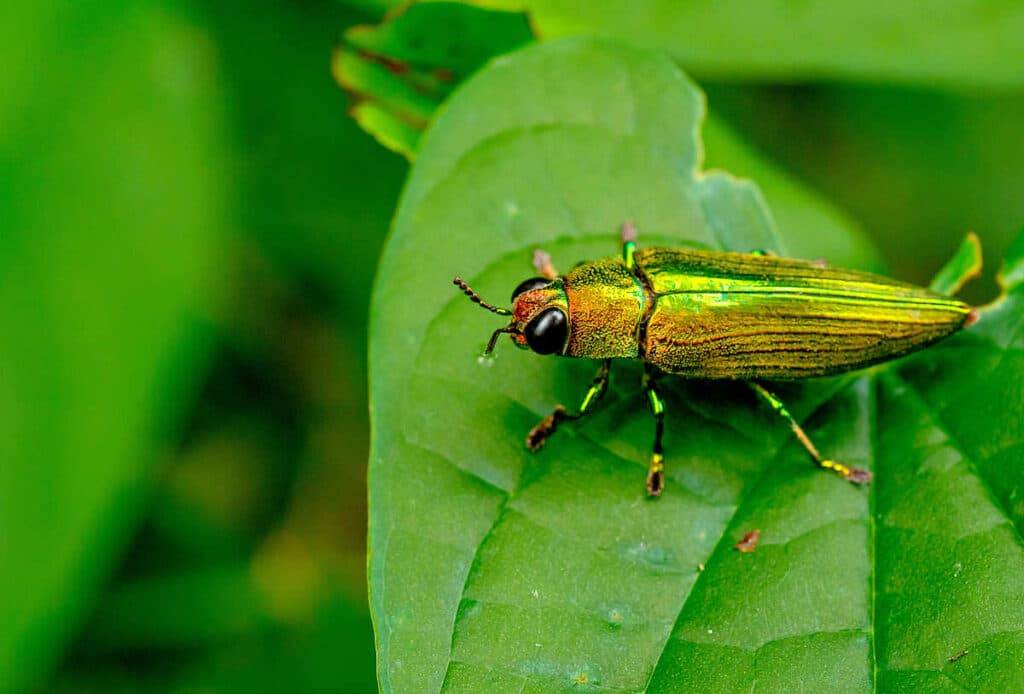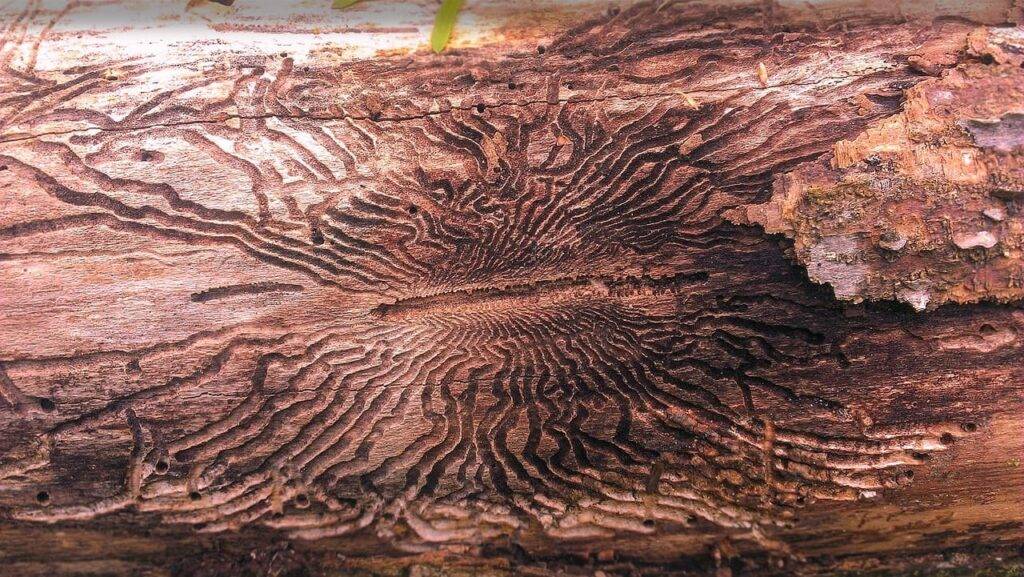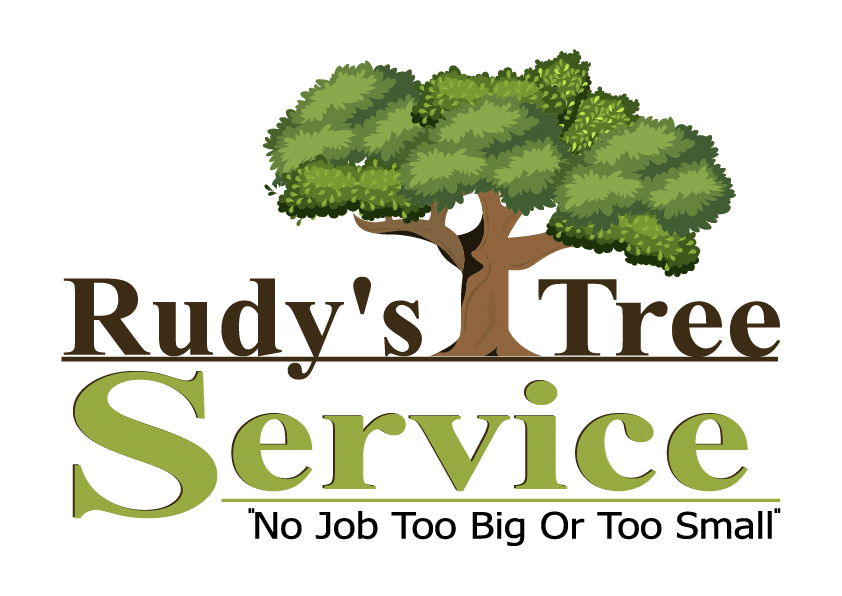Location
9669 Forest Lane Dallas,
TX 75243 USA
(214) 815-8728
Location
9669 Forest Lane Dallas,
TX 75243 USA
(214) 815-8728

At first glance, these beetles can seem inoffensive and even beautiful, but what if I tell you that they are silently killing your trees? They don’t seem attractive anymore, right?
You should keep reading if your trees are decaying and you suspect it could be because of these green beetles.
This article will provide information about emerald ash borers and how they damage your trees so that you better understand what you are dealing with.
Emerald ash borers or EAB are invasive and highly destructive species; these exotic beetles can measure up to 8.5 mm (0.33 in) long and 1.6 mm (0.063 in) wide. They are usually undetected because they are tiny. Still, these beetles can kill trees thousands of times their size and no matter their age or health.
Their scientific name is Agrilus Planipennis. Native to northeastern Asia, this beetle has made its way to the U.S. In the 2000s, they were present in more than 36 states, including New York, North Carolina, Ohio, Oklahoma, Pennsylvania, Tennessee, and Texas. And this infestation is spreading rapidly and devastating the ash tree population along the way.
These highly destructive species have a metallic emerald appearance, allowing them to camouflage easily with the green color of nature where they belong.

The external signs of emerald ash borer infestation will not be visible until 2 or 4 years when your tree is about to die. So, you should monitor your trees and look for any beetle or sign of damage from them.
The earlier you realize your tree is infected, the higher the possibility of saving it.

The movement of firewood of all species and other infested ashwood products most commonly spreads the emerald ash borer. So, don’t move firewood from your property or take it to other areas without being sure it’s not infected.
Since emerald ash borers arrived in the U.S., they have drastically damaged ash tree populations and more tree species in North America, killing millions of ash trees in more than 36 states. And EAB continues to spread, making it even more difficult to quantify the damages.
EAB Creates Huge Ecological Impact Like:
It is said that the loss of green and black ash, which dominate riparian zones and poorly drained areas, could produce the most significant ecological impacts.
Dealing with emerald ash borer is not a game & it should be taken in all seriousness.
Here are some recommendations that could help you if your tree is starting to be affected by these terrible beetles:
These are some examples of effective treatments for EAB infestation; however, this invasive beetle is not that easy to eradicate.
Additionally, a bad application of chemical products on your trees and soil could negatively affect the nitrogen levels and other minerals in the ground, affecting your other trees and plants.
To effectively eradicate these beetles, you need to count on professional tree services that always go the extra mile to save your tree.
Rudy’s Tree Service is a trusted tree company in Dallas, Richardson, Plano, Garland, and Frisco, TX. Call us if you need our help with proper tree care!
